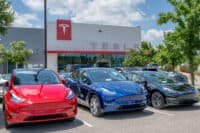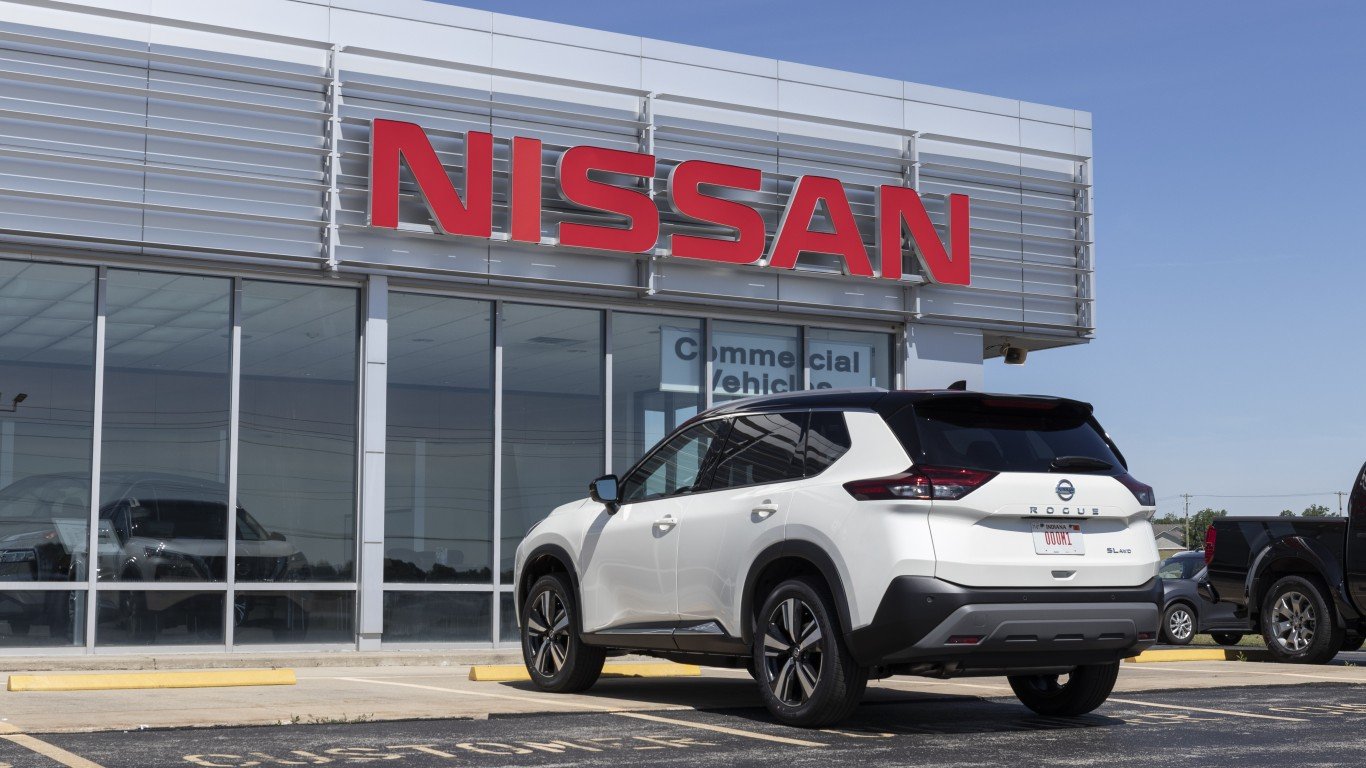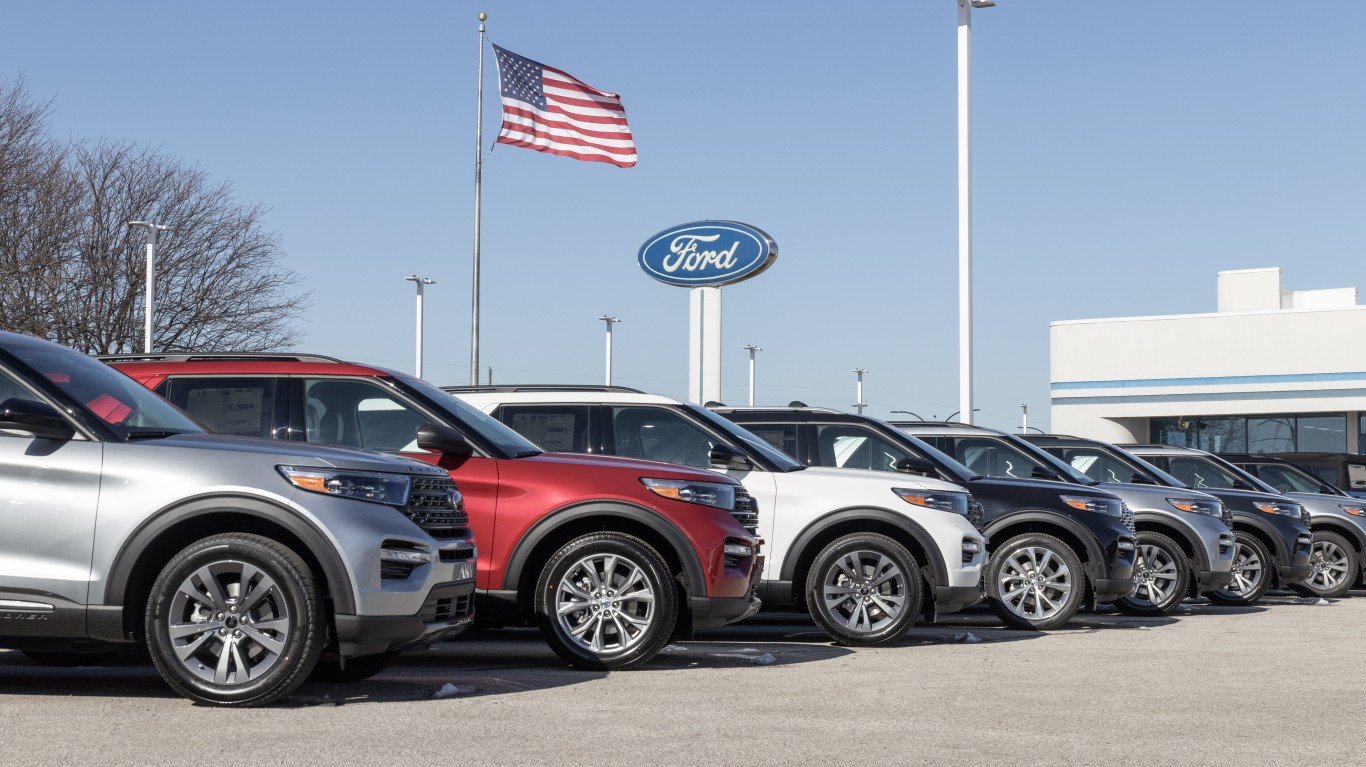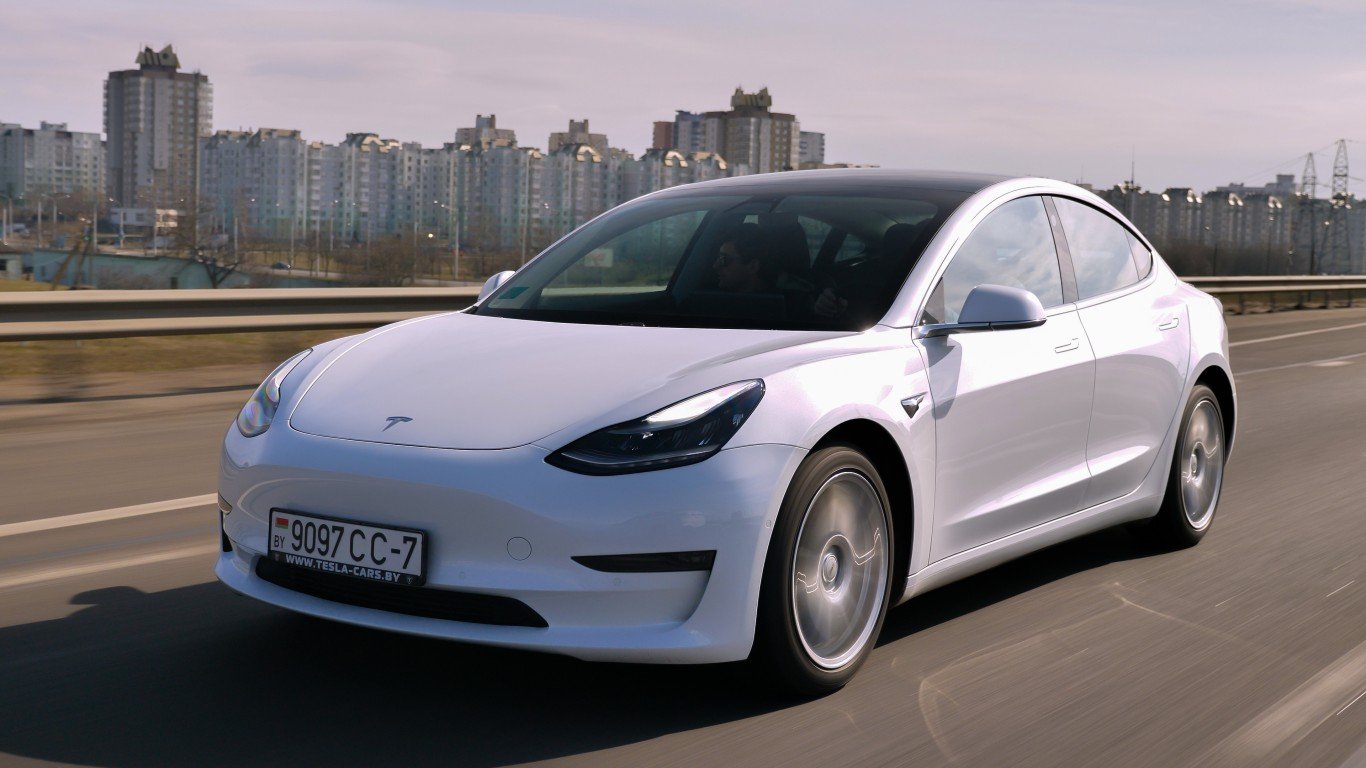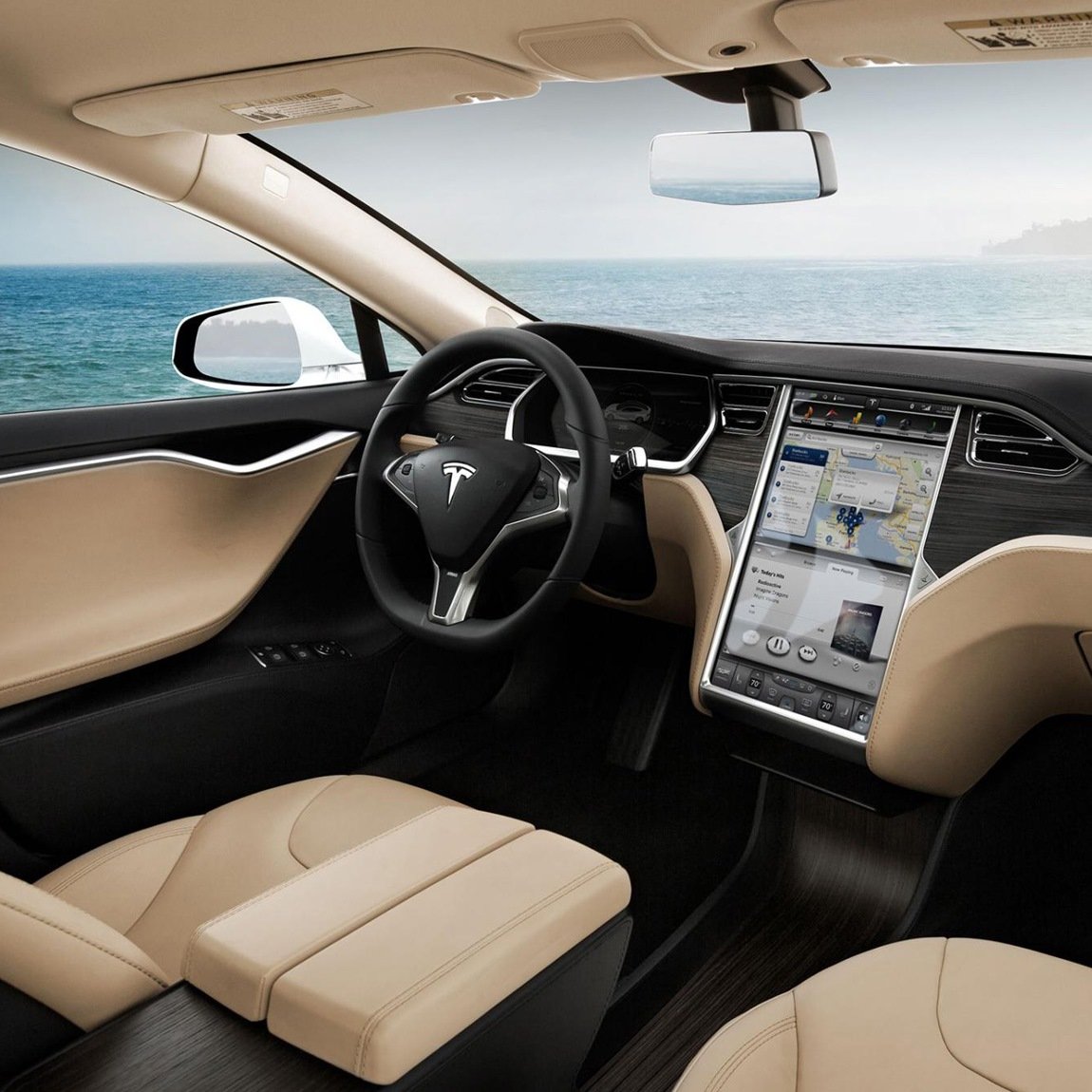

After Israel-based sensor technology company Mobileye N.V. (NYSE: MBLY) reported second-quarter earnings Tuesday morning, the shares enjoyed a short-lived bump in premarket trading. And then the company said that its partnership with Tesla Motors Inc. (NASDAQ: TSLA) would end with the release of Mobileye’s EyeQ4 system, currently due in 2018.
Mobileye is the world’s largest supplier of camera-based advanced driver assistance safety (ADAS) systems. The company came public in August 2014, selling 35.6 million shares at an initial public offering (IPO) price of $25, about 8% above its expected range and got a first day pop of 48%. Shares reached a peak of nearly $65 last July.
The company said that Tesla is expected to account for about 1% of its revenues this year. Second-quarter revenues, reported Tuesday morning, totaled $83.5 million.
A company statement cited in The Wall Street Journal said:
Mobileye’s work with Tesla will not extend beyond the EyeQ3. We continue to support and maintain the current Tesla Autopilot product plans. This includes a significant upgrade of several functions that affect both the ability to respond to crash avoidance and to optimize auto-steering in the near term, without any hardware updates.
Tesla uses Mobileye technology for its Autopilot system, the one that failed to slow a car that collided with a semi-trailer in Florida and resulted in the death of the driver last May.
On July 1, Mobileye announced a partnership with BMW and Intel Corp. (NASDAQ: INTC) that expects to bring solutions for automated driving into production by 2021. This is how the companies described the goal of their partnership:
BMW Group, Intel and Mobileye are convinced that automated driving technologies will make travel safer and easier. The goal of the collaboration is to develop future-proofed solutions that enable the drivers to not only take their hands off the steering wheel, but reach the so called “eyes off” (level 3) and ultimately the “mind off” (level 4) level transforming the driver’s in-car time into leisure or work time. This level of autonomy would enable the vehicle, on a technical level, to achieve the final stage of traveling “driver off” (level 5) without a human driver inside. This establishes the opportunity for self-driving fleets by 2021 and lays the foundation for entirely new business models in a connected, mobile world.
Tesla did not comment on the Mobileye report, and it is not known for sure which company instigated the divorce. TechCrunch cited Mobileye’s chief technical officer, who said that EyeQ3 shipments will continue for the “near future” and maybe longer, but, “We simply decided where we wanted to put our resources for the future of autonomous driving … and we decided what we decided.” Makes it sound like Mobileye wanted out.
Shares of Mobileye traded down nearly 15% at one point Tuesday morning, but by noon had climbed back to down about 6% at $46.25, in a 52-week range of $23.57 to $64.48. The consensus price target on the stock is $57.08.
Sponsored: Find a Qualified Financial Advisor
Finding a qualified financial advisor doesn’t have to be hard. SmartAsset’s free tool matches you with up to 3 fiduciary financial advisors in your area in 5 minutes. Each advisor has been vetted by SmartAsset and is held to a fiduciary standard to act in your best interests. If you’re ready to be matched with local advisors that can help you achieve your financial goals, get started now.
Thank you for reading! Have some feedback for us?
Contact the 24/7 Wall St. editorial team.
